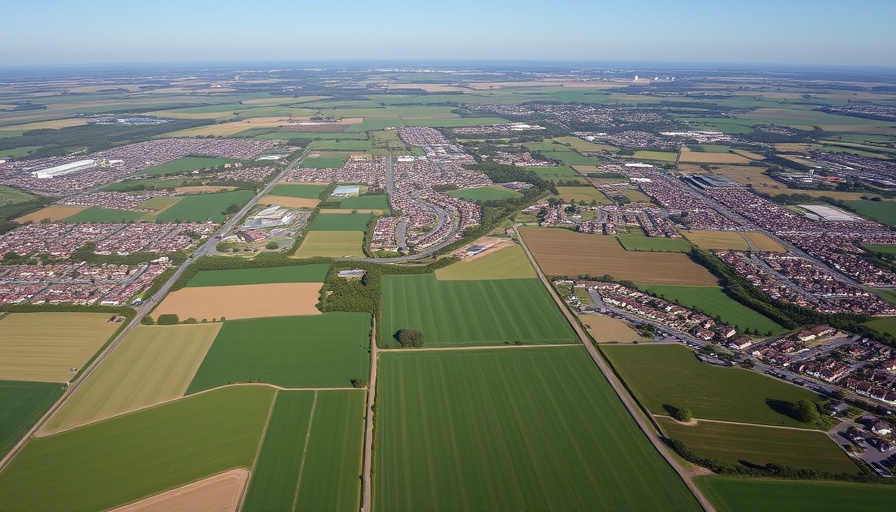
The Silent Shift: Housing in Farmland Near Amazon and GM
In a development that reflects the intersection of agriculture, local economy, and urban growth, St. Joseph County has officially approved rezoning for residential housing in areas traditionally known for farmland. This decision, welcomed by some as a potential economic boon, raises pressing concerns amongst local residents about dwindling resources, particularly water supply, and the future of community identity.
Navigating Community Concerns Amidst Progress
As housing near the Amazon and GM facilities expands, it fuels aspirations for job creation and economic revitalization. Entrepreneurs and trades workers view this development as an opportunity for business growth and employment. However, the apprehensions shared by many community members cannot be ignored. There are fears about the implications for local infrastructure, especially around water accessibility, which could strain resources already limited in some regions.
Investment vs. Community Values
This rezoning decision is emblematic of broader trends happening across the country where economic development often clashes with community preservation. As towns evolve, residents grapple with the duality of wanting progress while cherishing their agricultural heritage. The housing project may fulfill a demand for new residences and support the local economy, but detractors argue it risks eroding the environmental and social fabric of rural life.
Future Perspectives: What Lies Ahead?
Looking forward, stakeholders—including local business owners and government officials—need to engage in transparent conversations about balancing development with infrastructure capabilities. Ensuring water resources remain sustainable must be a priority as this housing project takes shape. Moreover, the community must continue to express its needs to avoid losing sight of the quaint essence that characterizes St. Joseph County.
In conclusion, while the approval of housing near prime economic zones like Amazon and GM signifies potential growth for jobs and local business, it also serves as a cautionary tale. Residents and developers alike must collaborate to ensure that progress does not come at the expense of vital community resources.
 Add Row
Add Row  Add
Add 




 Add Row
Add Row  Add
Add 

Write A Comment